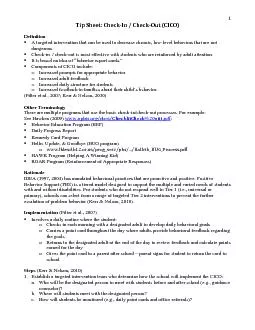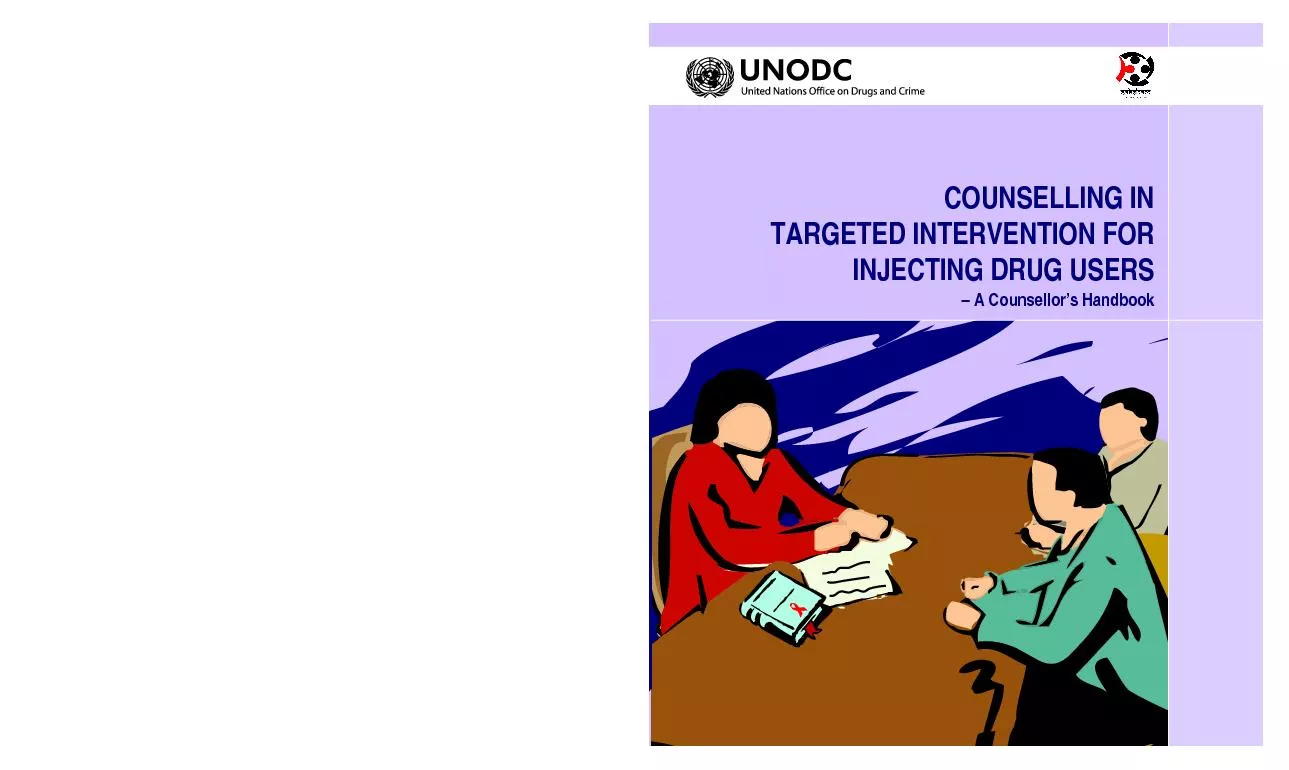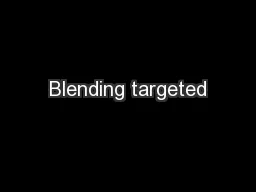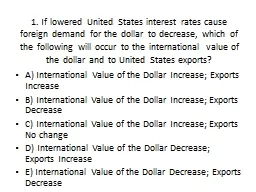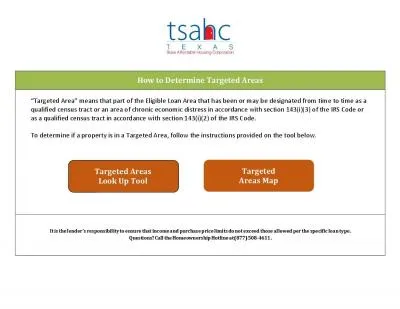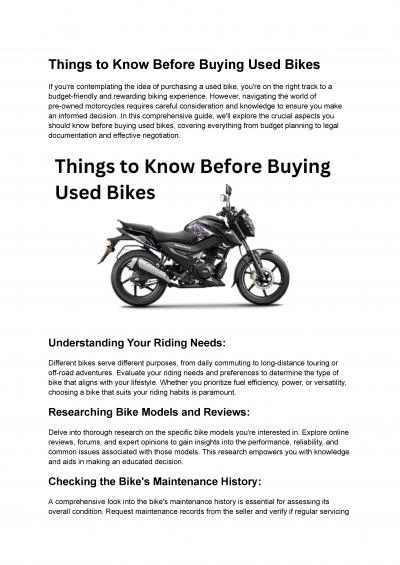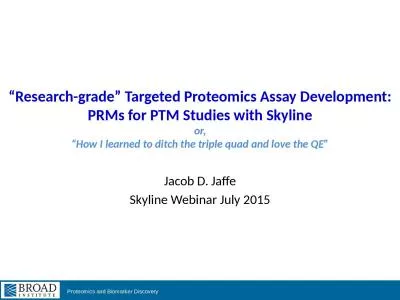PDF-A targeted intervention that can be used to decrease ch
Author : jaena | Published Date : 2021-07-02
1 Tip Sheet Check I n Check Out CICO Def inition ronic low level behaviors that are not dangerous Check in check out is most effective with students who
Presentation Embed Code
Download Presentation
Download Presentation The PPT/PDF document "A targeted intervention that can be used..." is the property of its rightful owner. Permission is granted to download and print the materials on this website for personal, non-commercial use only, and to display it on your personal computer provided you do not modify the materials and that you retain all copyright notices contained in the materials. By downloading content from our website, you accept the terms of this agreement.
A targeted intervention that can be used to decrease ch: Transcript
Download Rules Of Document
"A targeted intervention that can be used to decrease ch"The content belongs to its owner. You may download and print it for personal use, without modification, and keep all copyright notices. By downloading, you agree to these terms.
Related Documents

